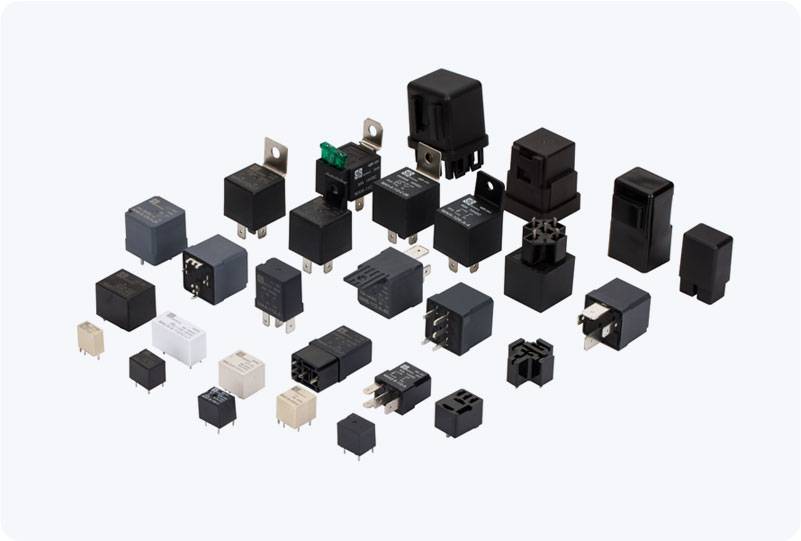high current car relay: the backbone of automotive high-power systems
Release time:2025-08-25 23:15:53
In modern vehicles, electrical systems are becoming increasingly complex, demanding higher efficiency and reliability. Among the essential components that ensure smooth operation of these systems is the high current car relay. This device plays a crucial role in controlling large electrical loads while maintaining safety and performance. Understanding its function, structure, and applications can provide valuable insights into automotive engineering.

A high current car relay is essentially an electrically operated switch designed to handle significant amounts of current, often ranging from 30 to 200 amperes or more. Unlike conventional switches that directly control power to high-current devices, a relay allows a low-current circuit to control a high-current load. This not only protects delicate control components such as dashboard switches or electronic control units (ECUs) but also reduces the risk of overheating and electrical failures.
The working principle of a high current car relay is straightforward yet effective. It contains an electromagnet, a movable armature, and a set of contacts. When a small current passes through the relay’s coil, it generates a magnetic field that moves the armature, closing or opening the contacts. As a result, a high-current circuit is connected or disconnected without the high current ever passing through the control switch. This separation of control and power circuits ensures both safety and longevity of automotive electrical systems.

